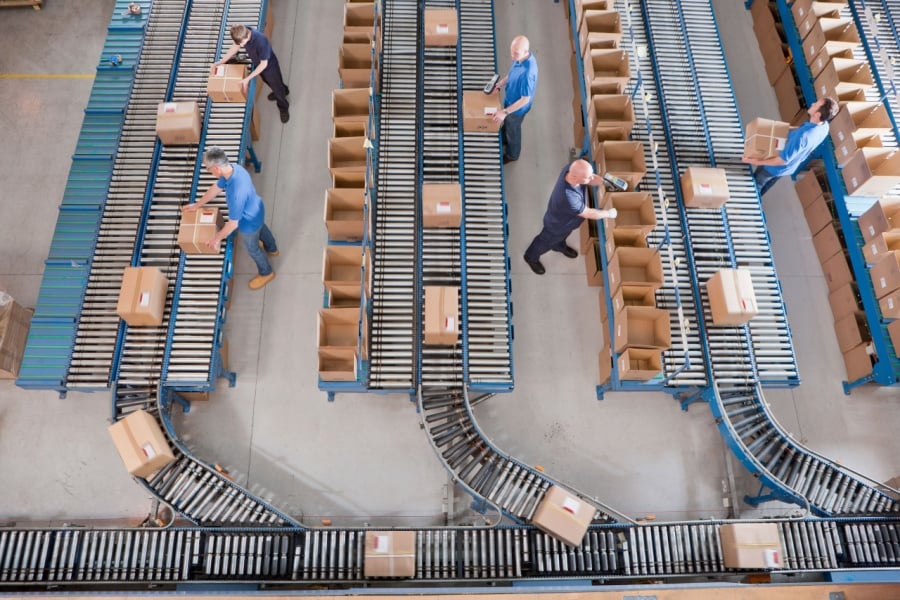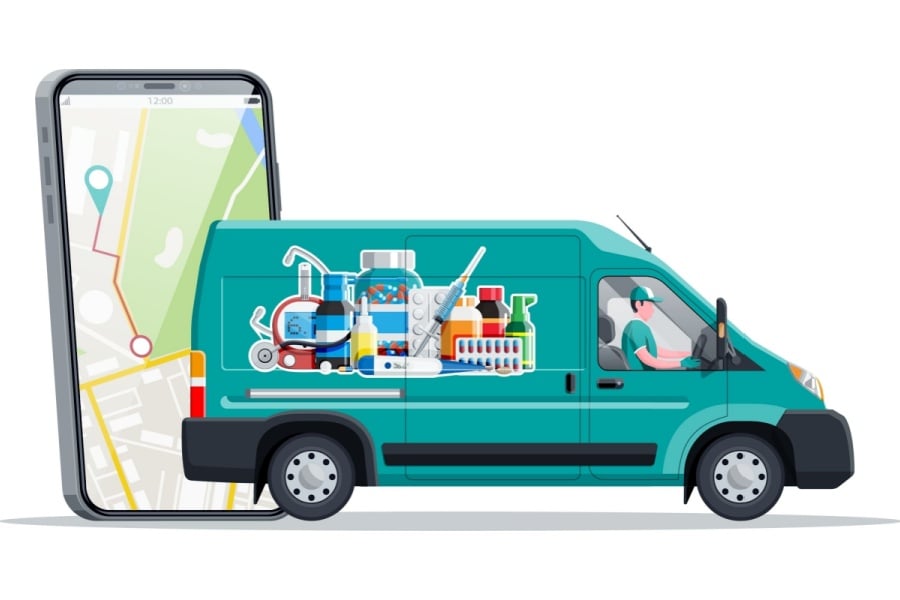Many elements can bring success for companies in any industry; supply chain optimization is one of the most important. Warehouse management is key to this, because it is necessary to smoothly store, manage, and transport goods from manufacturers to customers. When your company efficiently receives, organizes, packs, and ships products, it impacts your customer, bottom line, and competition.
You have three warehouse types to choose from: dedicated, multiclient, and public. Each has its benefits and drawbacks, and we’ll cover them here.
What is a dedicated warehouse?
Dedicated warehouses are owned and operated by companies storing products onsite. They are best suited for organizations that need a high-volume, reliable storage solution that is customizable. Dedicated warehouses provide companies with complete control over their storage and shipping operations.
Its advantages include transparent pricing and direct control over performance metrics. Dedicated warehouses provide a better understanding of costs and access to specialized services that may not be available to public or multiclient warehouses. These include e-commerce fulfillment, bulk packing, inspection services, returns processing, and reverse logistics.
There are some disadvantages: overhead and maintenance costs can be higher. If the market suddenly takes a turn or demand slows down in the offseason, expenses remain the same.
What is a multiclient warehouse?
Multiclient warehouses are spaces used by multiple businesses to ship and store their wares. They are considered more cost-effective because multiple companies using the space share rent and labor expenses. They are also useful for businesses that have storage needs that change seasonally or have fluctuating demand. If an organization wants to expand without fully committing to its own dedicated facility, a multiclient warehouse is a useful solution.
There are other advantages. Contracts are often shorter and more flexible, and it’s ideal for companies that need multiple smaller distribution locations that are smaller, rather than a single, larger facility. Multiclient warehouses also benefit from management companies that oversee them and provide valuable analytics and inventory control.
Some of the disadvantages include competition for space with other businesses and the potential your systems are incompatible with the facility’s program.
What is a public warehouse?
Public warehouses are owned and operated by a third party that provides distribution and storage to various businesses that contract for the space. They are considered cheaper and useful tools for small to midsize businesses that want to outsource warehouse operations to firms that have logistics expertise.
Another benefit is more flexibility in choosing the warehouse’s location. There are numerous commercial public warehouses nationwide, making them far more likely to be in locations near your customers. It’s also easier to access special services, such as equipment or technology that can give your company a competitive advantage. Public warehouses also provide extensive knowledge of warehouse management systems that seamlessly track inventory with the click of a mouse or the tap of a phone. Finally, they can boost your bottom line by only charging you for the space you use, which is typically measured by the pallet, carton, or bin.
There are some downsides to public warehouses, such as potentially higher costs for long-term storage. Though it can be helpful to access specialized services, they may not fit your exact needs, whereas dedicated warehouses offer customizable solutions. Also, there are potential risks to leaving inventory in another company’s hands. What if they go out of business or can’t grow with your company’s needs?
A 3PL warehouse management solution
No matter which warehouse management option you choose, a partnership with a third-party logistics (3PL) provider offers many advantages. Here are a few reasons why a 3PL can help optimize your supply chain operations:
- Scalability: If your needs fluctuate with the market, a 3PL allows the flexibility to dramatically scale up or down warehouse capacity to meet real-time demand.
- Location: Many 3PL warehouses exist in prime locations adjacent to major transportation hubs, which reduces shipping costs and transit times, and it’s easier to expand globally without the red tape of setting up a facility in a foreign market.
- Expertise: A 3PL typically has logistics engineers on staff who can design a layout that optimizes space and efficiency, with experts using data to improve inventory management, order fulfillment, and supply chain operations.
- Technology: 3PLs typically invest heavily in the latest technology, including RFID tracking, warehouse management systems (WMS), automated conveyor systems, and warehouse robots, which provide significant advantages in speed, accuracy, and efficiency in packing and shipping with analytics that cut lead times and reduce overstock or stockout scenarios.
- Peace of mind: With the complex logistics of warehouse management, technology, and regulatory compliance in someone else’s capable hands, you can focus on your core competencies and grow and improve their business.
With the latest technology, expert personnel, and a flexible model that meets your needs, a 3PL warehouse management partner will help you thrive in an increasingly competitive landscape.
The Ryder difference in warehouse management
Warehouse management isn’t just storage and shipping. It also requires using the best tools and technology to streamline processes, track inventory, and use data to make critical decisions. No warehouse solution is one-size-fits-all. Dedicated, multiclient, and public options each offer advantages.
Ryder’s warehouse management solution provides network design and implementation, site management, the latest equipment and visibility tools to make your operations more efficient and customer-friendly. To learn more about how we can help, contact us.




